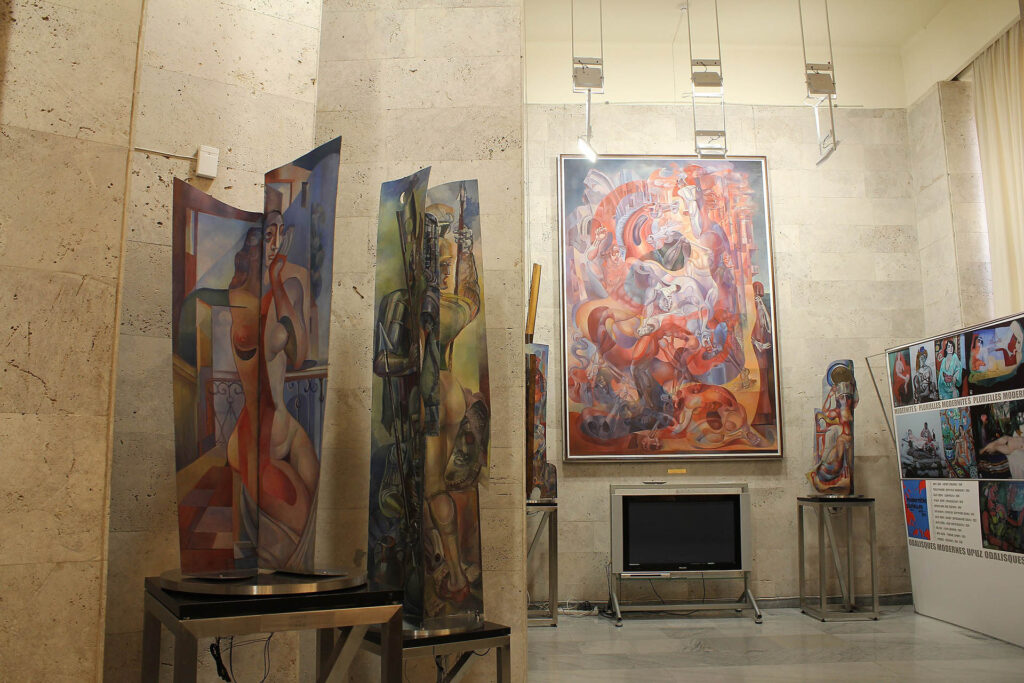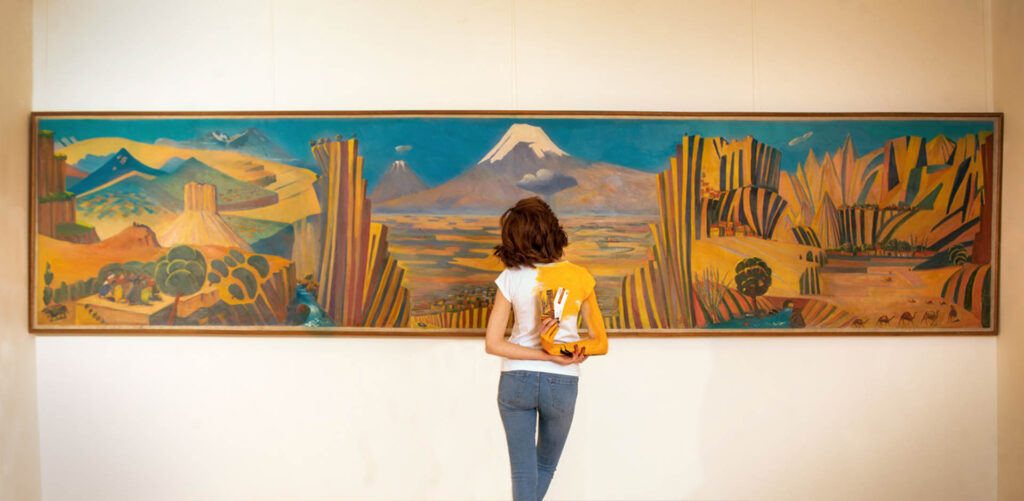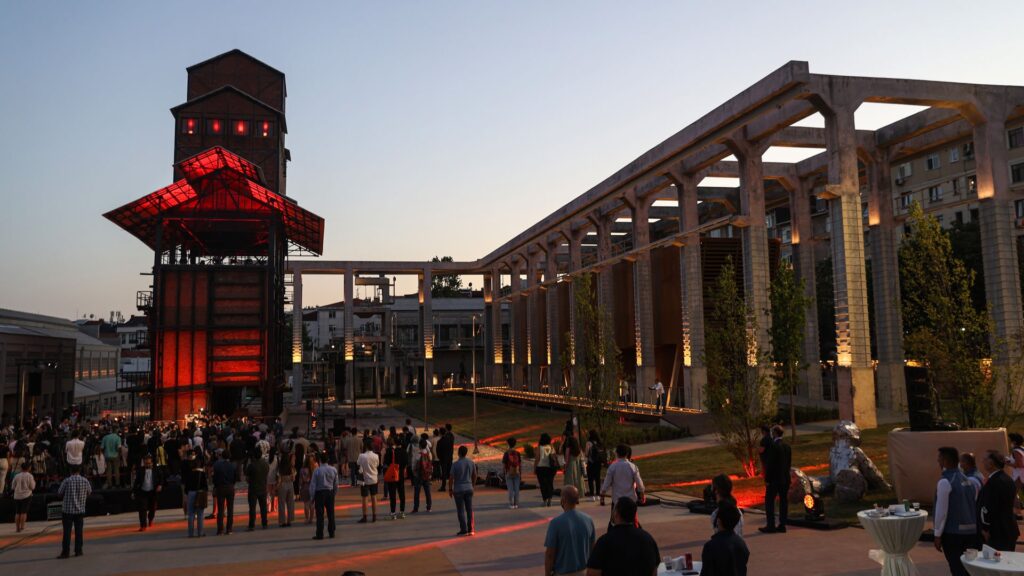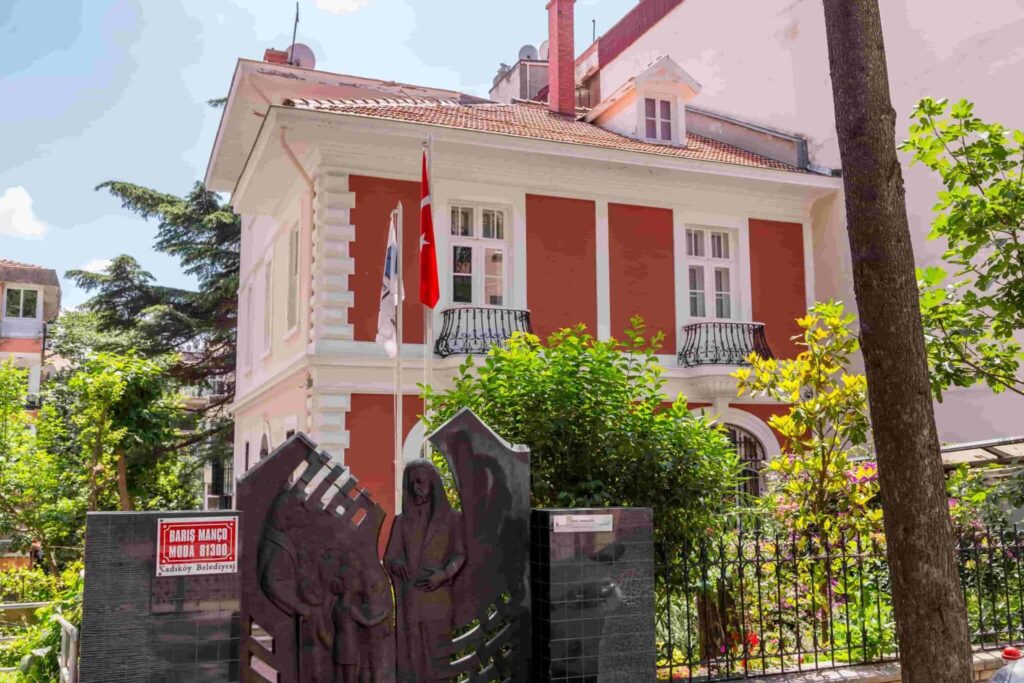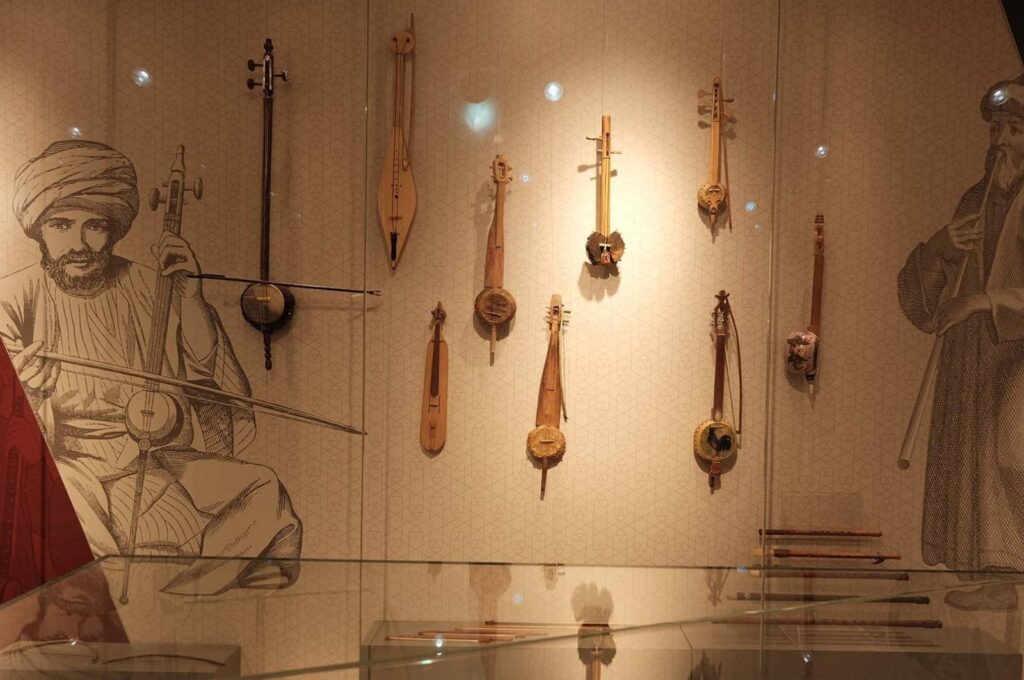Introducing The History Museum of Armenia
In the heart of Yerevan, the vibrant capital of Armenia, stands a remarkable institution that serves as a custodian of the nation’s rich and captivating history. The History Museum of Armenia, a majestic neoclassical building nestled within the iconic Republic Square, is a testament to the enduring resilience and cultural heritage of the Armenian people.
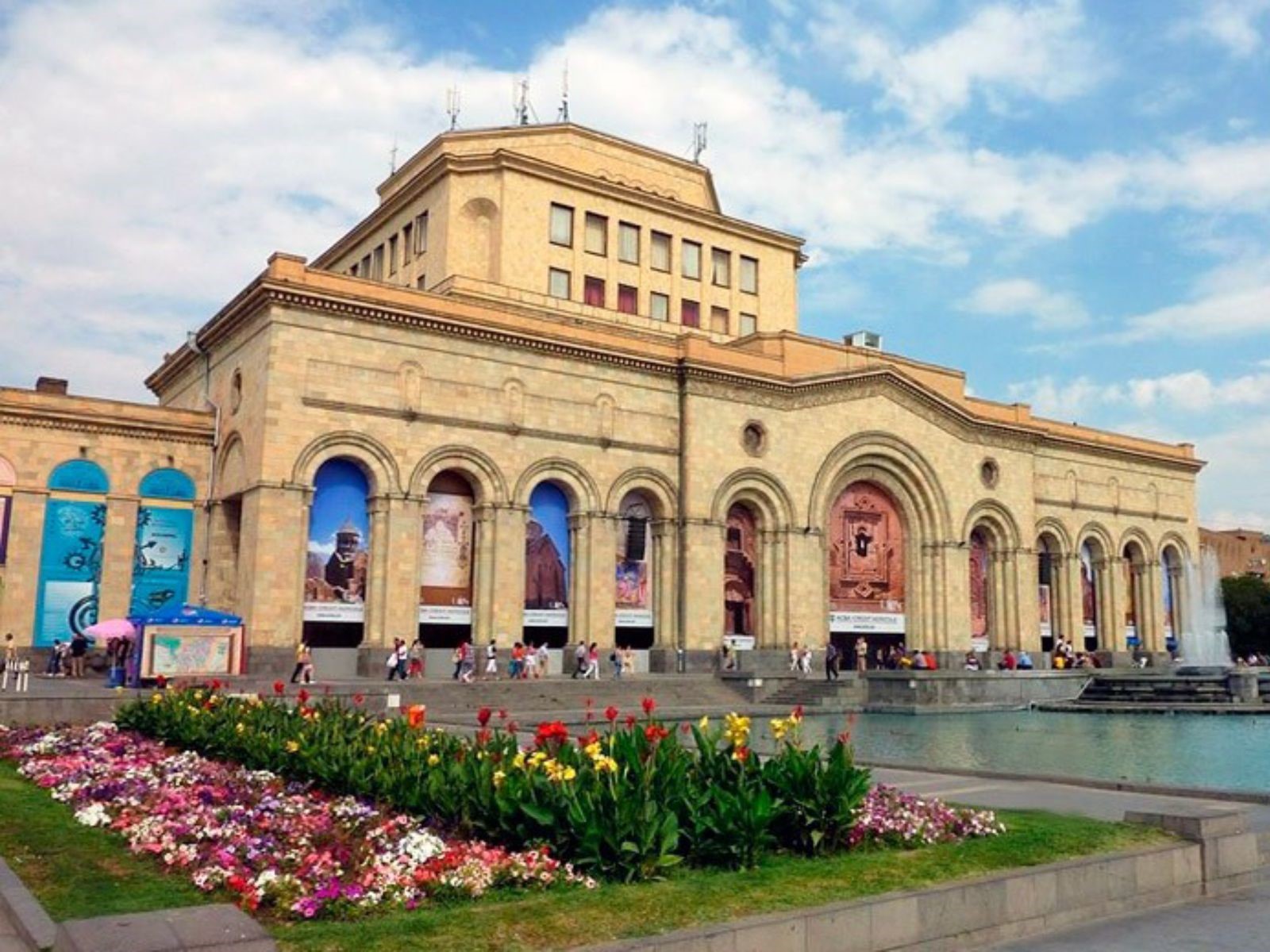
History Museum of Armenia
The Foundations of the Museum
The origins of the History Museum of Armenia can be traced back to the early 20th century, when the country was still part of the Russian Empire. In 1919, just a year after the establishment of the short-lived First Republic of Armenia, the museum was founded with the goal of preserving and showcasing the nation’s vast and diverse historical legacy.
The Birth of a National Institution
The museum’s founding came at a pivotal moment in Armenian history, as the country was navigating the turbulent aftermath of the collapse of the Russian Empire and the establishment of its own independent republic. In the face of these momentous changes, the museum’s creators recognized the vital importance of safeguarding and celebrating Armenia’s rich cultural identity.
With a mission to collect, preserve, and display the artifacts, documents, and relics that embodied the nation’s history, the museum quickly became a hub of scholarly research and public engagement. Its collection grew rapidly, as historians, archaeologists, and curators worked tirelessly to uncover and catalog the diverse facets of Armenia’s past.
The Museum’s Formative Years
The museum’s early years were marked by both challenges and triumphs. During the period of Soviet occupation, from 1920 to 1991, the institution faced significant obstacles, as the Communist regime sought to suppress and rewrite the country’s history to align with its own ideological agenda.
Despite these challenges, the museum’s staff remained steadfast in their commitment to preserving the integrity of Armenia’s historical narrative. They continued to acquire new artifacts, conduct research, and engage the public, ensuring that the country’s cultural heritage was not lost to the ravages of time and political upheaval.

History Museum of Armenia
The Museum’s Architectural Legacy
The History Museum of Armenia’s impressive neoclassical building is not merely a backdrop for its vast collection; it is an integral part of the institution’s identity, reflecting the grandeur and historical significance of the nation it represents.
A Monumental Edifice
Designed by the renowned Armenian architect Alexander Tamanyan, the museum’s building was constructed in the 1920s, during the short-lived First Republic of Armenia. Tamanyan, recognized for his contributions to Yerevan’s architectural landscape, imbued the museum with a sense of grandeur and timelessness that perfectly complements its role as a custodian of the nation’s history.
The museum’s facade is a striking example of neoclassical architecture, with its symmetrical layout, imposing columns, and ornate decorative elements. The use of local materials, such as Armenian tufa stone, further cements the building’s connection to the country’s cultural identity.
As visitors approach the museum, they are immediately struck by the sense of power and solemnity that emanates from the structure. The imposing entrance, flanked by towering columns, invites visitors to step into a realm where the past and present converge, setting the stage for a transformative exploration of Armenia’s history.
Architectural Innovations
While the museum’s exterior conveys a sense of grandeur and historical significance, the building’s interior is equally remarkable, showcasing the ingenuity and forward-thinking of its designers.
One of the most innovative features of the museum is its central atrium, a vast open space that serves as the heart of the institution. This expansive area, bathed in natural light from the skylights above, provides a serene and contemplative environment for visitors to engage with the museum’s exhibits and collections.
The atrium’s design also incorporates a unique acoustical system, allowing for the reverberating echoes of the space to enhance the visitor experience. This innovative feature not only adds to the museum’s ambiance but also serves as a testament to the architects’ attention to detail and their understanding of the importance of creating a holistic, immersive experience for visitors.
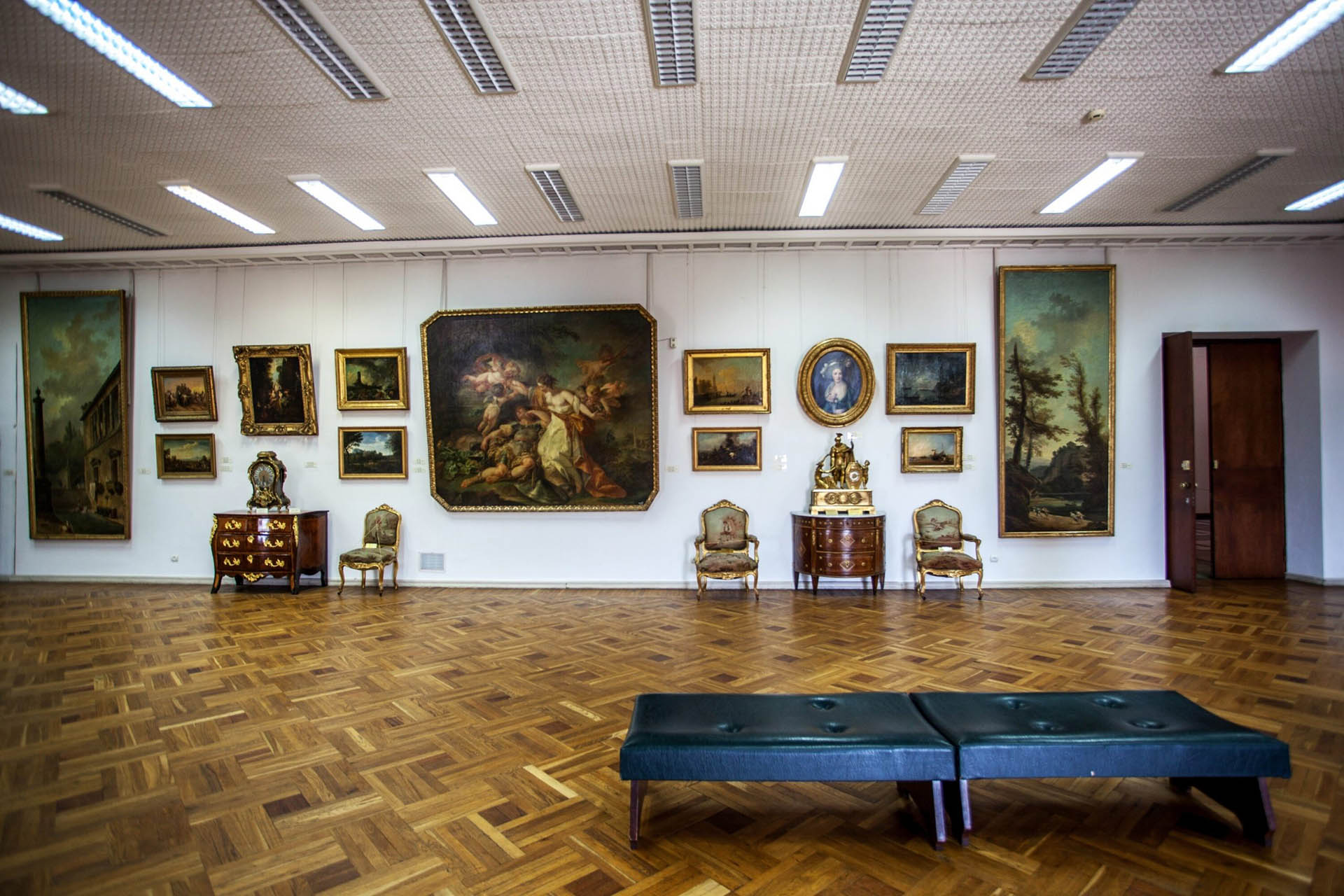
History Museum of Armenia
Exploring the Museum’s Vast Collection
The History Museum of Armenia boasts a truly remarkable collection, encompassing a diverse array of artifacts, documents, and relics that span the breadth of the country’s rich history. From ancient archaeological finds to iconic objects that have shaped the nation’s cultural identity, the museum’s holdings offer a captivating glimpse into the resilience and ingenuity of the Armenian people.
Uncovering Armenia’s Ancient Past
The museum’s collection begins with the earliest chapters of Armenian history, showcasing a wealth of archaeological treasures that have been unearthed from sites across the country. Visitors can marvel at the intricate stone carvings, delicate metalwork, and exquisite pottery that bear witness to the sophisticated civilizations that flourished in the Armenian highlands thousands of years ago.
One of the museum’s prized possessions is the Metsamor Archaeological Site collection, which includes a vast array of artifacts from a Bronze Age settlement that thrived in the region. These items, ranging from everyday tools to ceremonial objects, provide invaluable insights into the daily lives, beliefs, and technological advancements of Armenia’s ancient inhabitants.
Another highlight of the museum’s ancient collection is the impressive array of khatchkars, the uniquely Armenian cross-stones that have long been a symbol of the nation’s Christian heritage. Visitors can marvel at the intricate carvings and the rich symbolism that these monumental stone structures embody, connecting modern-day Armenia to its deep-rooted spiritual and cultural traditions.
Chronicling Armenia’s Tumultuous History
As visitors delve deeper into the museum’s galleries, they are confronted with the complex and often tumultuous history of the Armenian people. From the rise and fall of powerful kingdoms to the devastating impact of foreign invasions and occupations, the museum’s exhibits paint a vivid and often poignant picture of the nation’s resilience in the face of adversity.
One of the museum’s most powerful displays is dedicated to the Armenian Genocide of 1915-1923, a dark chapter in the country’s history that saw the systematic murder of an estimated 1.5 million Armenians by the Ottoman Empire. The museum’s solemn and carefully curated exhibits offer a profound and moving exploration of this tragic event, honoring the memory of those who perished and celebrating the strength of the Armenian diaspora that emerged in its wake.
Alongside these somber chapters, the museum also highlights the triumphs and achievements that have defined Armenia’s history. Visitors can discover the rich cultural legacy of the Armenian Kingdom of Cilicia, marvel at the architectural wonders of the medieval period, and learn about the nation’s pivotal role in the Silk Road trade network.
Connecting with Armenia’s Contemporary Identity
While the History Museum of Armenia is primarily focused on the country’s storied past, it also recognizes the importance of exploring the nation’s contemporary identity and the ways in which it has been shaped by its history.
In recent years, the museum has made concerted efforts to expand its collection and exhibits to include more modern artifacts and narratives. Visitors can now discover the stories of Armenian innovators, artists, and change-makers who have made significant contributions to the world, showcasing the enduring spirit and creativity of the Armenian people.
One such exhibit highlights the role of the Armenian diaspora in preserving and disseminating the nation’s cultural heritage. Through personal accounts, photographs, and artifacts, visitors can gain a deeper understanding of the global Armenian community and its vital role in sustaining the country’s identity and traditions, even in the face of displacement and adversity.
By weaving together the threads of Armenia’s past and present, the History Museum of Armenia invites visitors to engage with the country’s evolving narrative, fostering a deeper appreciation for the resilience and dynamism that have defined the Armenian experience.
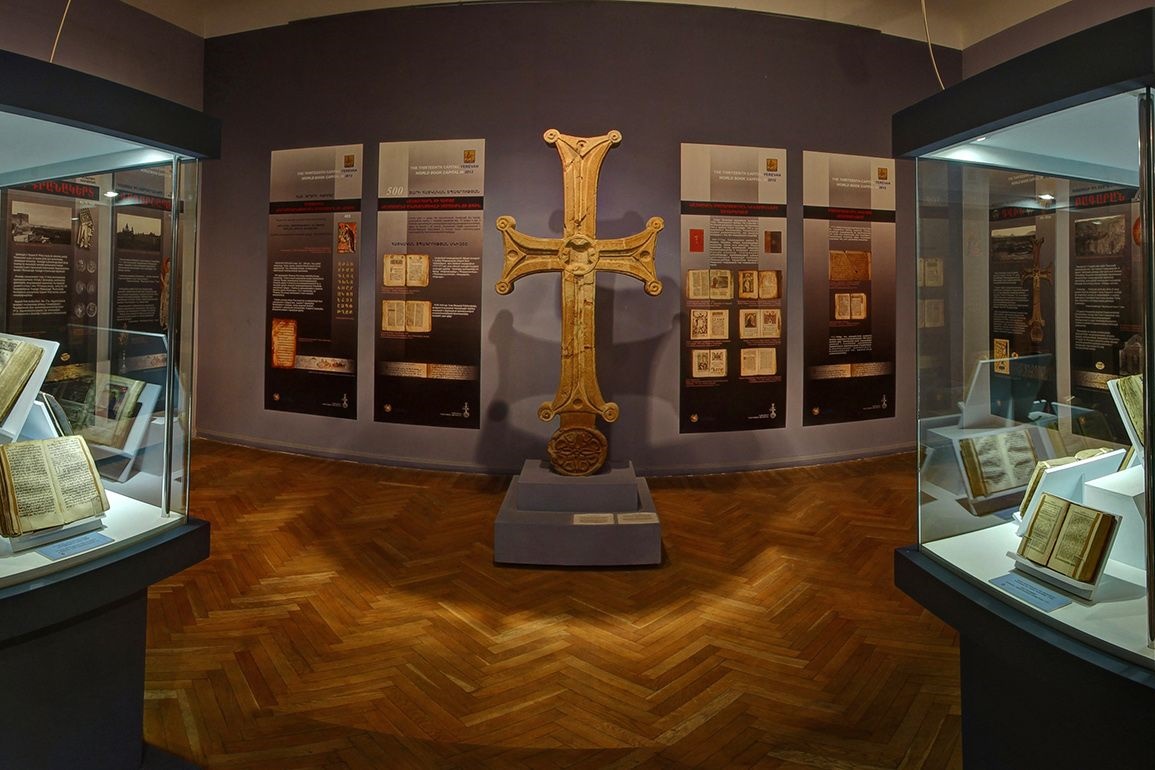
History Museum of Armenia
The Museum as a Hub of Scholarship and Engagement
The History Museum of Armenia is not merely a repository of artifacts and historical information; it is a vibrant hub of scholarly research, educational programming, and community engagement, dedicated to the preservation and dissemination of Armenia’s cultural legacy.
A Center for Scholarly Exploration
The museum’s extensive collection and archival resources have made it a magnet for researchers, historians, and academics from around the world. Scholars from diverse fields, including archaeology, art history, and cultural studies, regularly visit the museum to delve into its vast trove of primary sources and artifacts, furthering our understanding of Armenia’s past and its enduring influence.
In addition to supporting scholarly work, the museum actively engages in its own research initiatives, collaborating with leading experts and institutions to uncover new insights and perspectives on Armenia’s history. These efforts have led to the publication of numerous academic papers, monographs, and exhibition catalogs, which have become invaluable resources for both the scholarly community and the general public.
Fostering Public Engagement and Education
Beyond its role as a center for scholarly inquiry, the History Museum of Armenia is also deeply committed to engaging the broader public, particularly younger generations, in the exploration and appreciation of the country’s cultural heritage.
Through a robust schedule of temporary exhibitions, educational programs, and community events, the museum strives to make its collection and resources accessible and relevant to a wide audience. Visitors can participate in guided tours, attend lectures and workshops, or even explore interactive digital displays that bring the museum’s artifacts to life in innovative and immersive ways.
The museum’s educational initiatives extend beyond the confines of its walls, with outreach programs that bring the Armenian story to schools, community centers, and cultural organizations throughout the country. By fostering a deep connection between the public and the nation’s history, the museum plays a vital role in shaping the cultural identity and collective memory of the Armenian people.
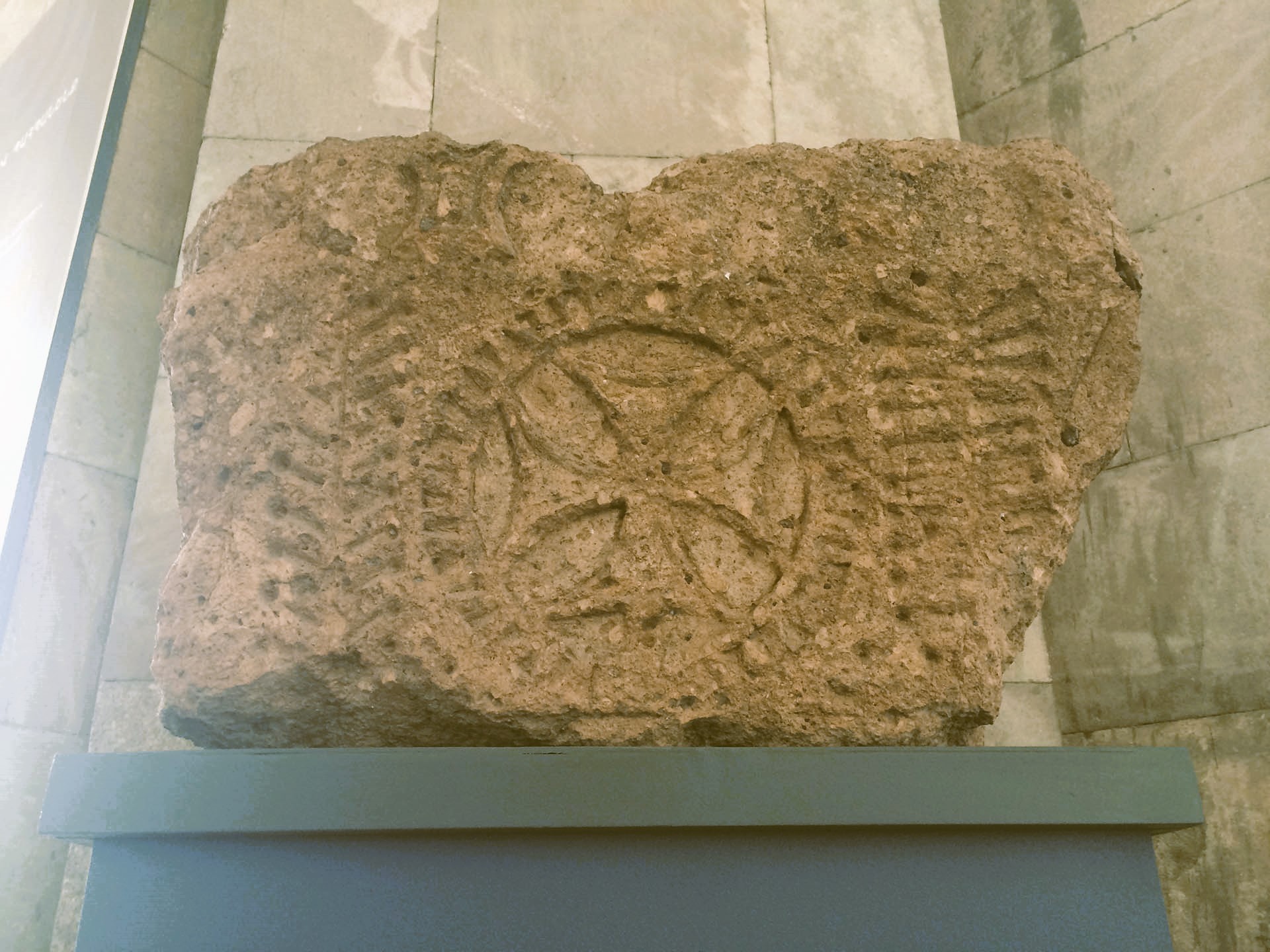
History Museum of Armenia
Conclusion
The History Museum of Armenia stands as a testament to the enduring resilience and cultural richness of the Armenian people. Within its grand neoclassical walls, visitors embark on a transformative journey through the nation’s past, uncovering the stories, artifacts, and innovations that have shaped the Armenian identity over the centuries.
As a custodian of the country’s heritage, the museum not only preserves the tangible remnants of Armenia’s history but also serves as a hub of scholarly exploration, public engagement, and cultural pride. By inviting visitors to engage with the multifaceted narrative of the Armenian experience, the museum encourages a deeper understanding and appreciation of this remarkable nation and its people.
Whether you are a historian, a cultural enthusiast, or simply a curious traveler, a visit to the History Museum of Armenia promises to leave an indelible mark, inspiring a newfound respect and wonder for the enduring legacy of this resilient and captivating country.

History Museum of Armenia


